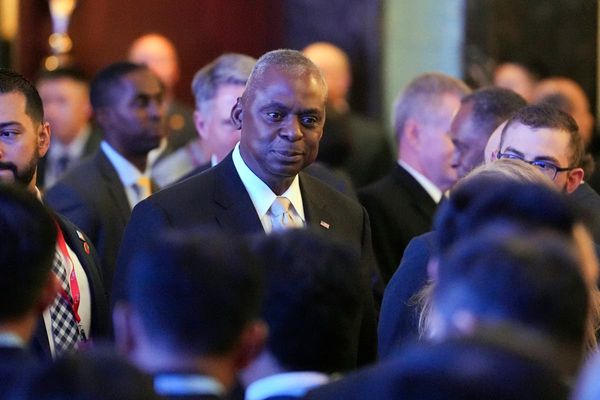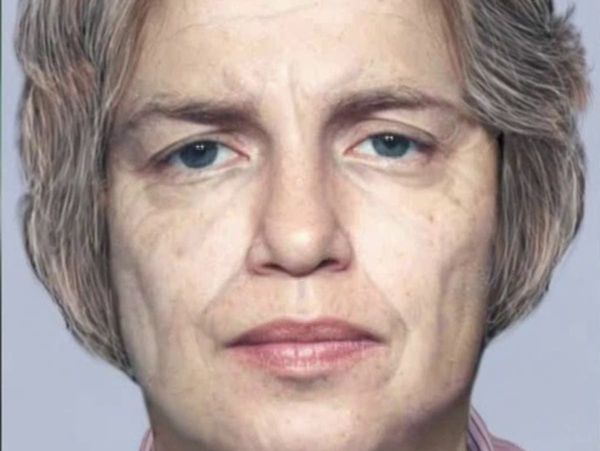One more cheetah, this time a cub, has died at the Kuno National Park (KNP) in Madhya Pradesh, wildlife authorities said on Tuesday. The two-month-old cub was one of four born to the cheetah, Jwala, who was among the set of eight animals imported from Namibia. The likely cause of death, officials said, was “from weakness”, with a press note from the Centre stating that the two-month old cub was the “smallest and weakest of the litter.”
Literature and experience from Africa suggests that cheetah cubs, in the wild, have a survival rate of 10%, and roughly the same fraction make it to adulthood, the government’s press release noted.
This is the fourth cheetah to have died in India since 20 of the animals were relocated from Namibia and South Africa respectively to KNP, in an experiment at establishing a community of cheetahs, the only large cat to have gone extinct from India.
Earlier this month an adult female, Daksha, died on Wednesday following injuries involving a skirmish among the animals. Two other animals, Sasha and Uday, died in February and April, respectively, from a renal infection and cardiovascular problems, respectively. Daksha’s death brought the total number of adult cheetahs to 17.
Also Read | Explained | Cheetahs and tigers: the saga of big cats in India
“The typical mortality [in a litter] of tiger cubs is around 50% and wild cheetahs is 90%. So, it wouldn’t be surprising to see more deaths,” S.P. Yadav, Director, National Tiger Conservation Authority (NTCA), the organisation tasked with coordinating Project Cheetah, told The Hindu. “It is a case of the survival of the fittest.”
Also Read | The problem of space for India’s translocated Cheetahs | In Focus podcast
Since September 2022, 20 animals — eight from Namibia and twelve from South Africa — have been translocated from Africa to revive India’s cheetah population that had gone extinct since 1952. All the animals are radio-collared and tracked by Madhya Pradesh State wildlife officials. The animals, as part of their acclimatising process to Indian conditions, live in specially designed enclosures that allow them to hunt while being relatively safe. As of now, seven of the animals are in the wild and outside enclosures, Mr. Yadav told The Hindu.







